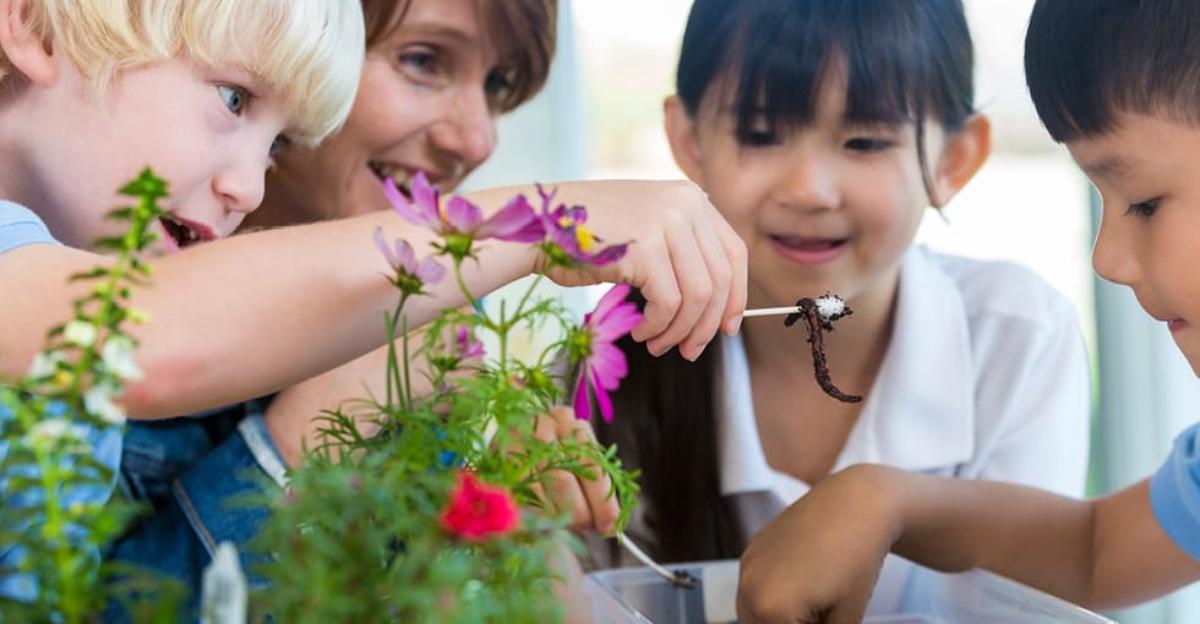Figuring out just how things are “hitched” together like this is an ongoing and important task, one that musters the efforts of all different kinds of scientists. The survival of our species—especially given our ever-booming population—depends on better understanding the workings of our planet and our impact on it.
“When we try to pick out anything by itself, we find it hitched to everything else in the universe.” – John Muir
The great Scottish-American naturalist and wilderness explorer John Muir made that wise statement before there were fields of study called Ecology and Environmental Science, but it’s certainly one of their core principles. That “hitched-togetherness” of the world becomes a wonderful anchor when you’re teaching those subjects to students.
Emphasizing Interconnectedness as a Theme in Environmental Science
Interconnectedness is a major take-home message of just about any Environmental Science topic—whether you’re discussing the water cycle and food webs, or parsing out the complexities of anthropogenic pollution and climate change. Matter and energy dance between the geospheres (the atmosphere, hydrosphere, lithosphere, and biosphere), their transformations and shapeshifting as fantastical as any videogame or superhero movie vying for your students’ brainwaves.
And that interconnectedness theme gives you, the teacher, the ability to contextualize so much about your kids’ daily lives. A quiz on a student’s everyday needs—from oxygen and water to food and shelter—can be the launch pad for an illuminating conversation about how any one organism’s existence depends on a spectacularly complex community of fellow life forms as well as elemental forces—the physiological functioning of the biosphere.
Studying how the ocean absorbs and releases carbon dioxide, how a decline in large predators ripples down the food chain—these are complex inquiries with real bearing on human livelihood, and mustering some new generations to the effort is a worthy cause.
Read More on Environmental Science in the Classroom
Environmental science gives students a deeper look into the natural world and a better understanding of how humans can make a positive impact. Preservation and protection of the world’s natural environments can be a fun and engaging theme to explore with students of all ages.
Check out the other posts on the STEAM/STEM topic page or explore the following blog posts to find more ideas:
Read More: 8 Ways to Make Your Classroom More Environmentally Friendly
Read More: Oil Spill Classroom Lesson Plan Idea for Earth Day
Also be sure to head over to the online store to explore hundreds of quality educational supplies for any project or lesson plan you have in mind.






Leave a Reply